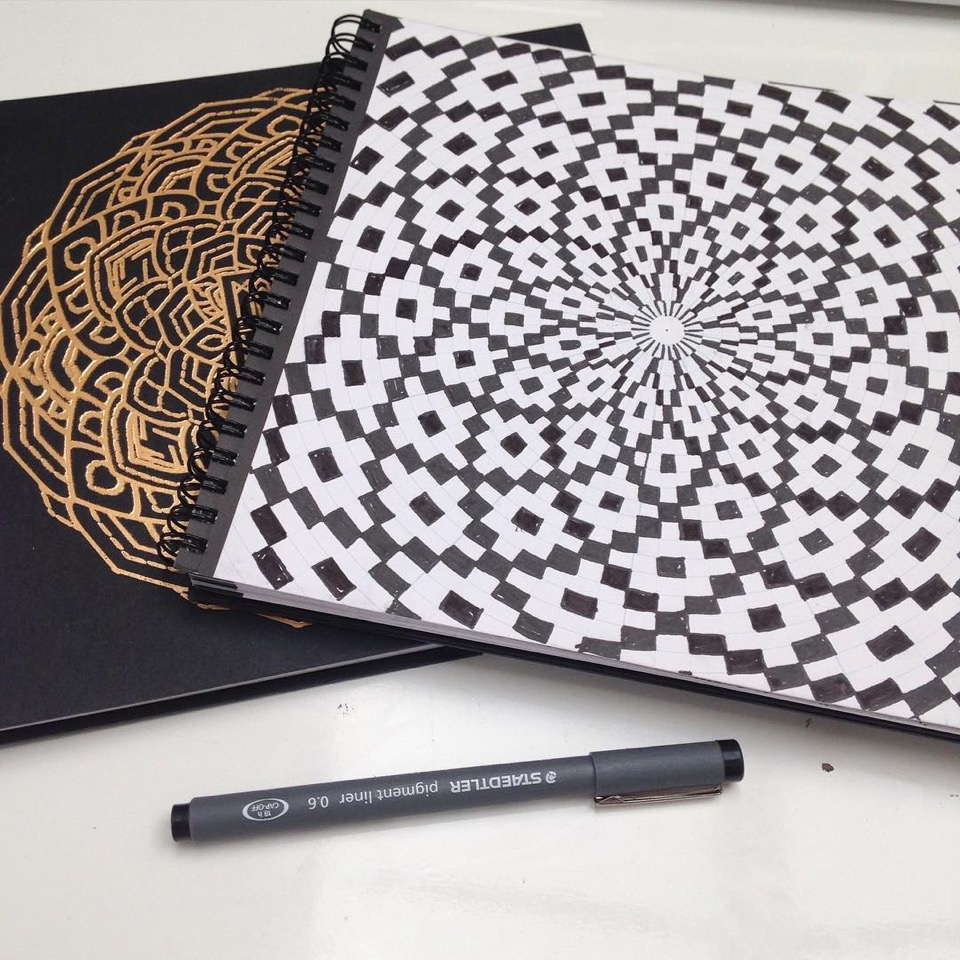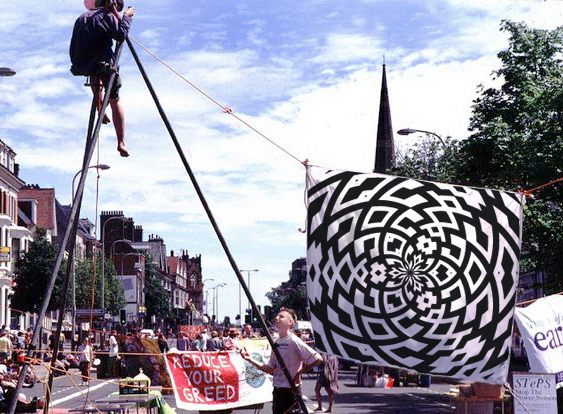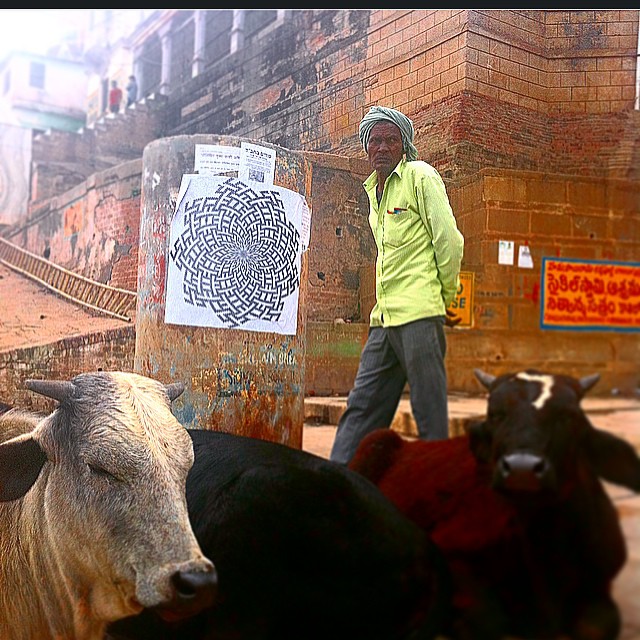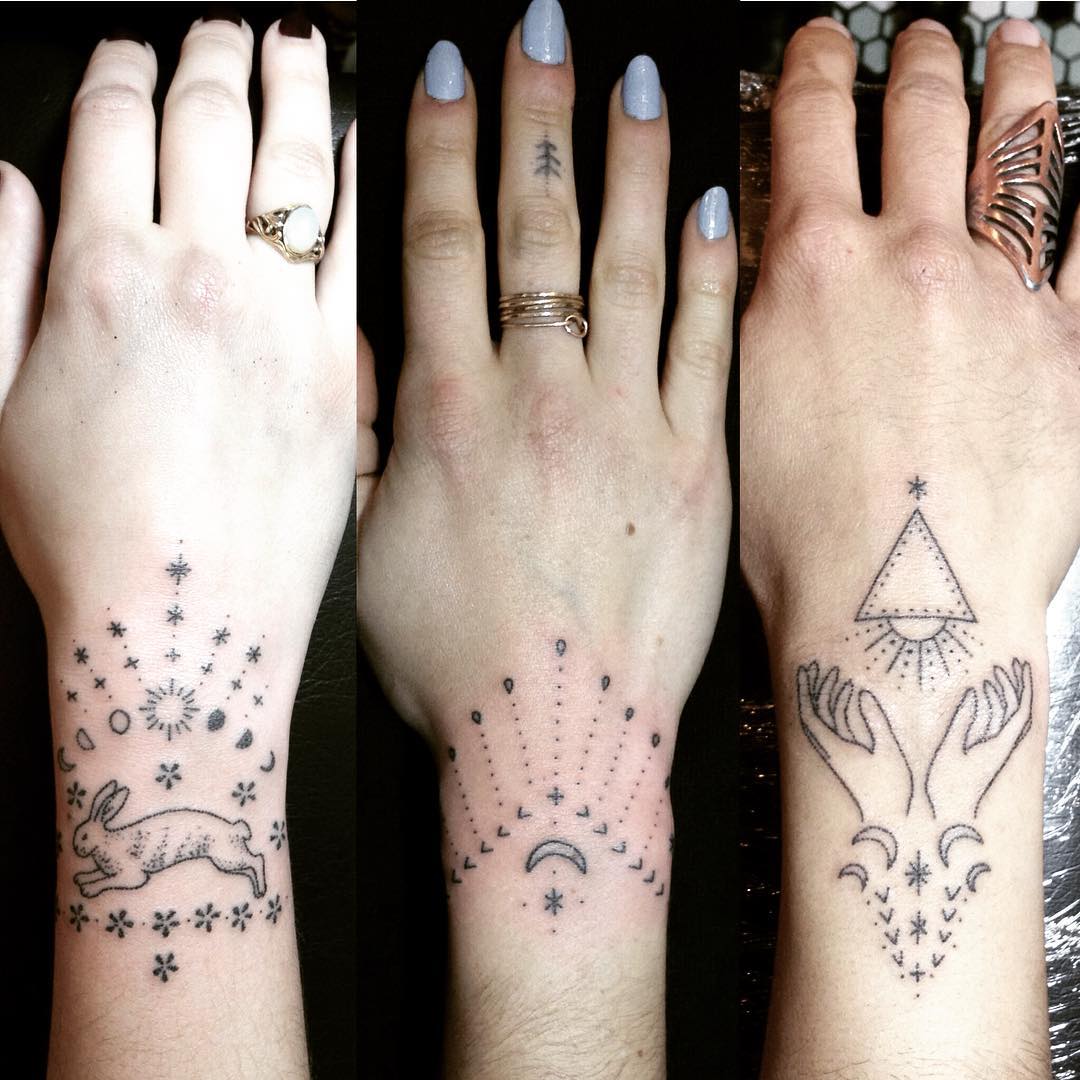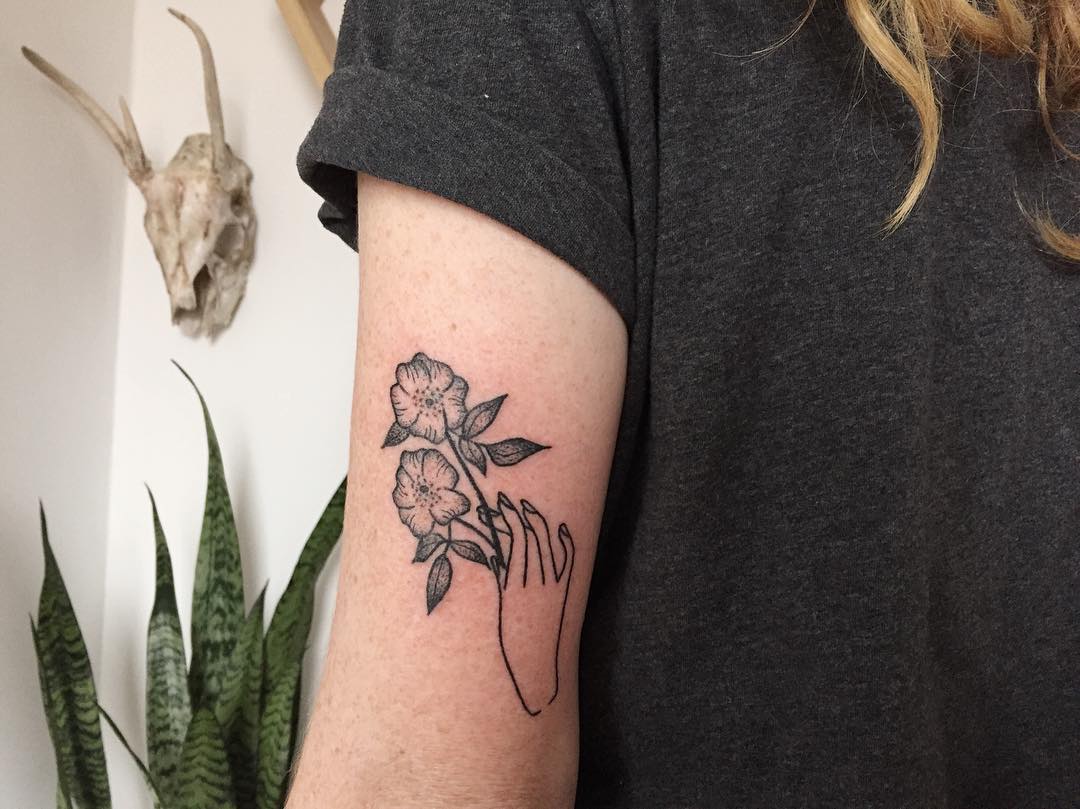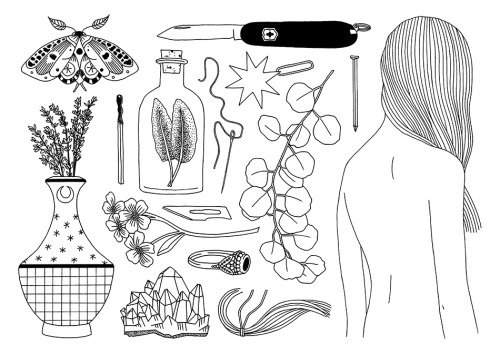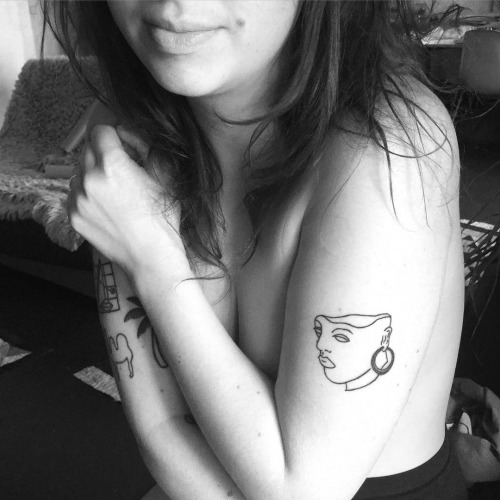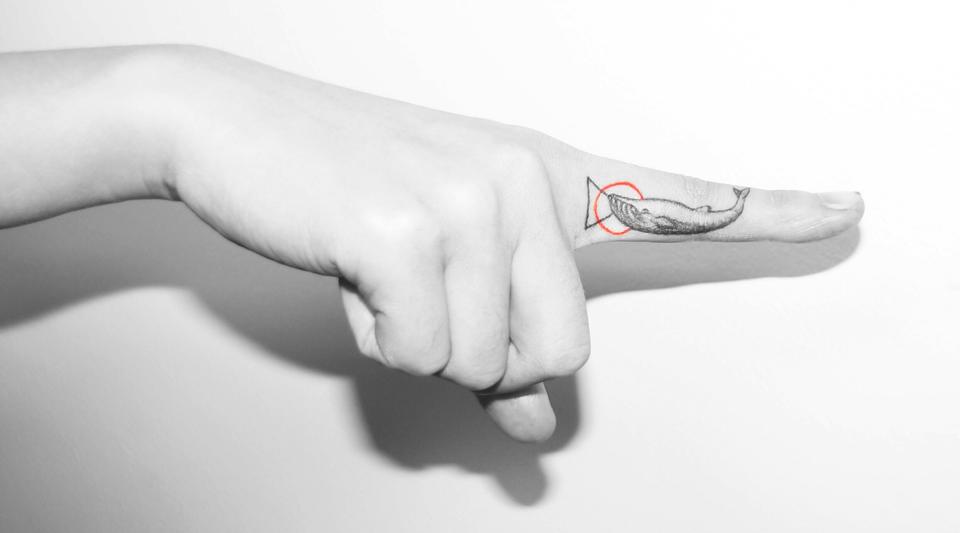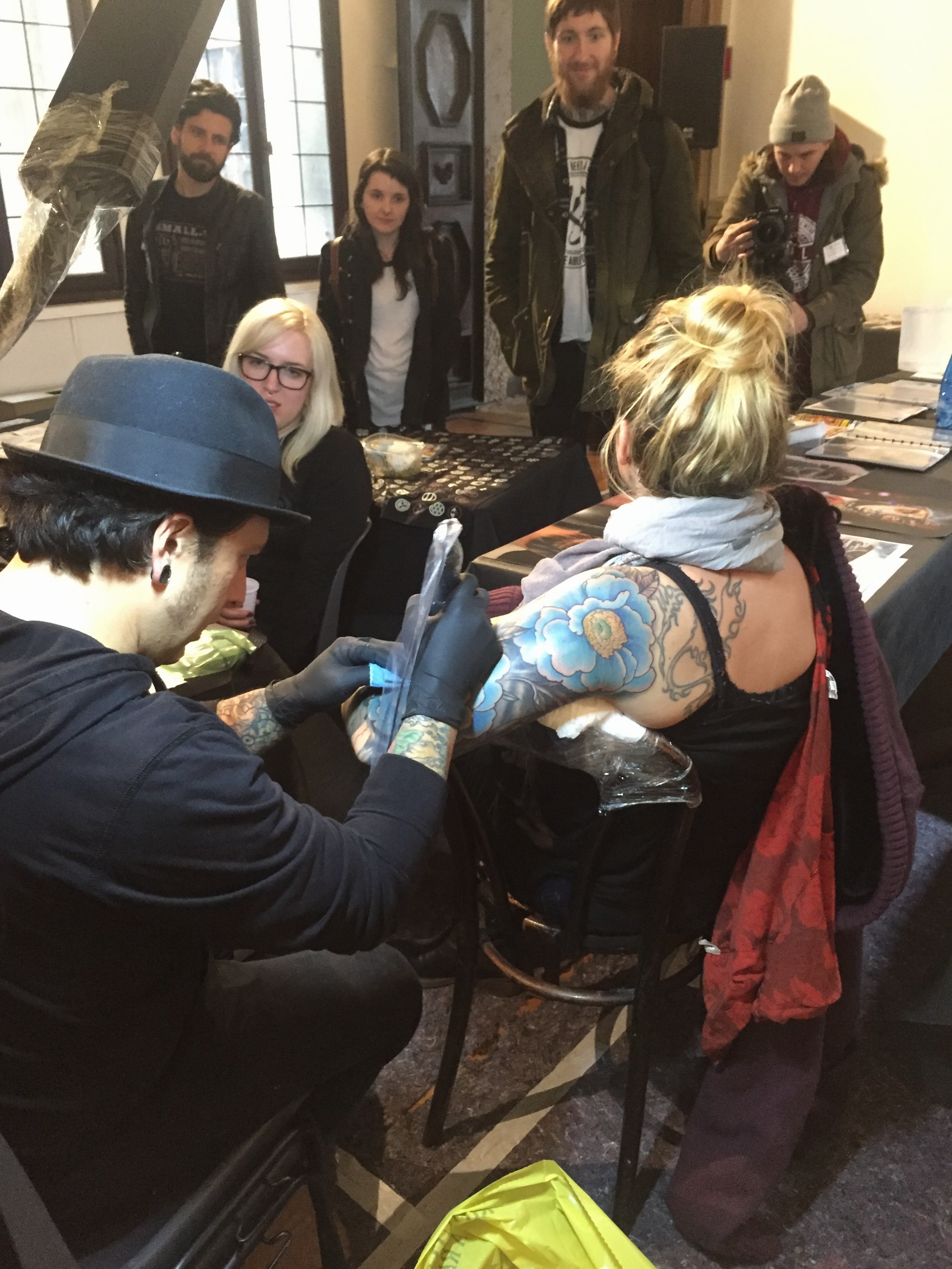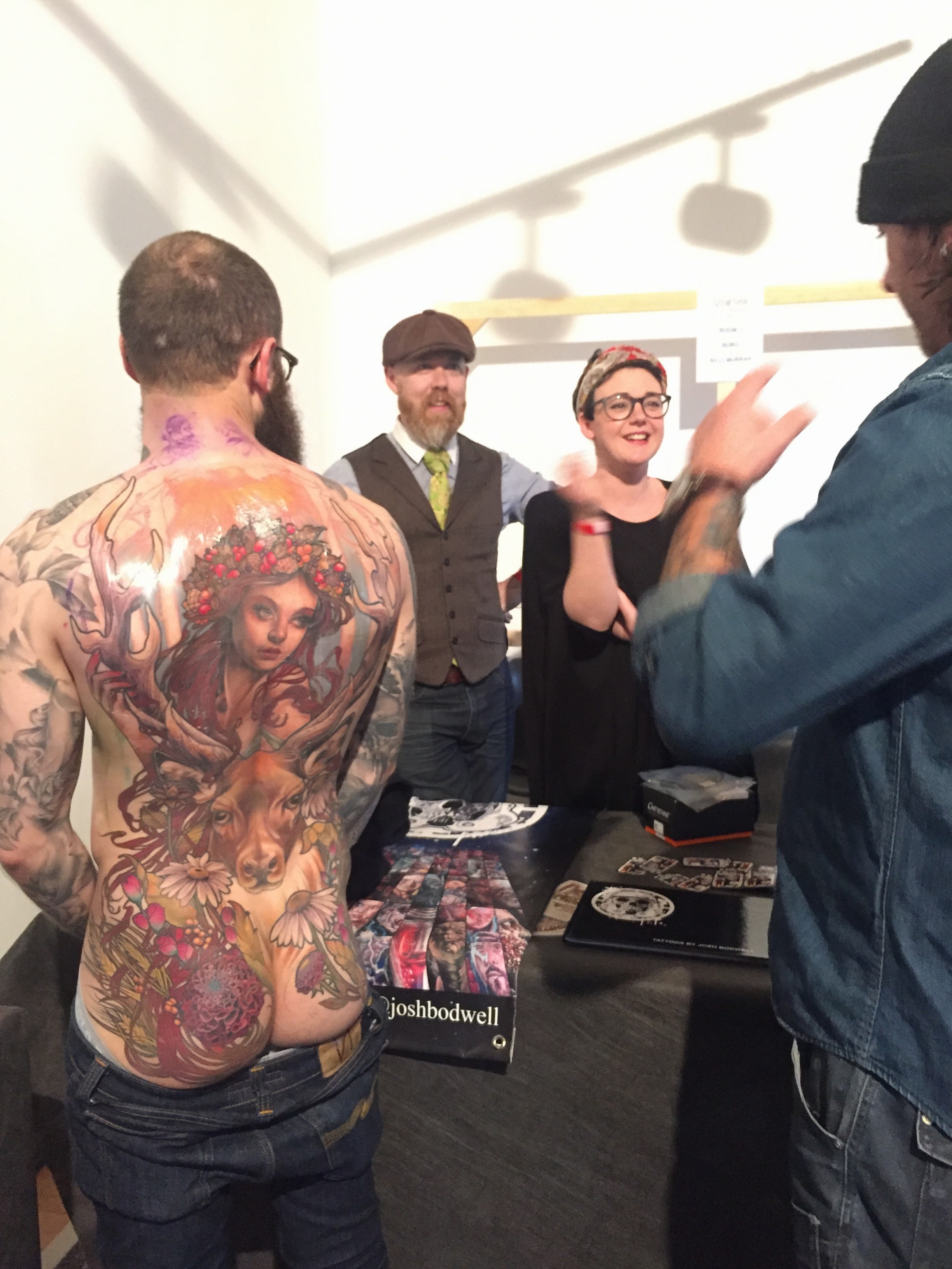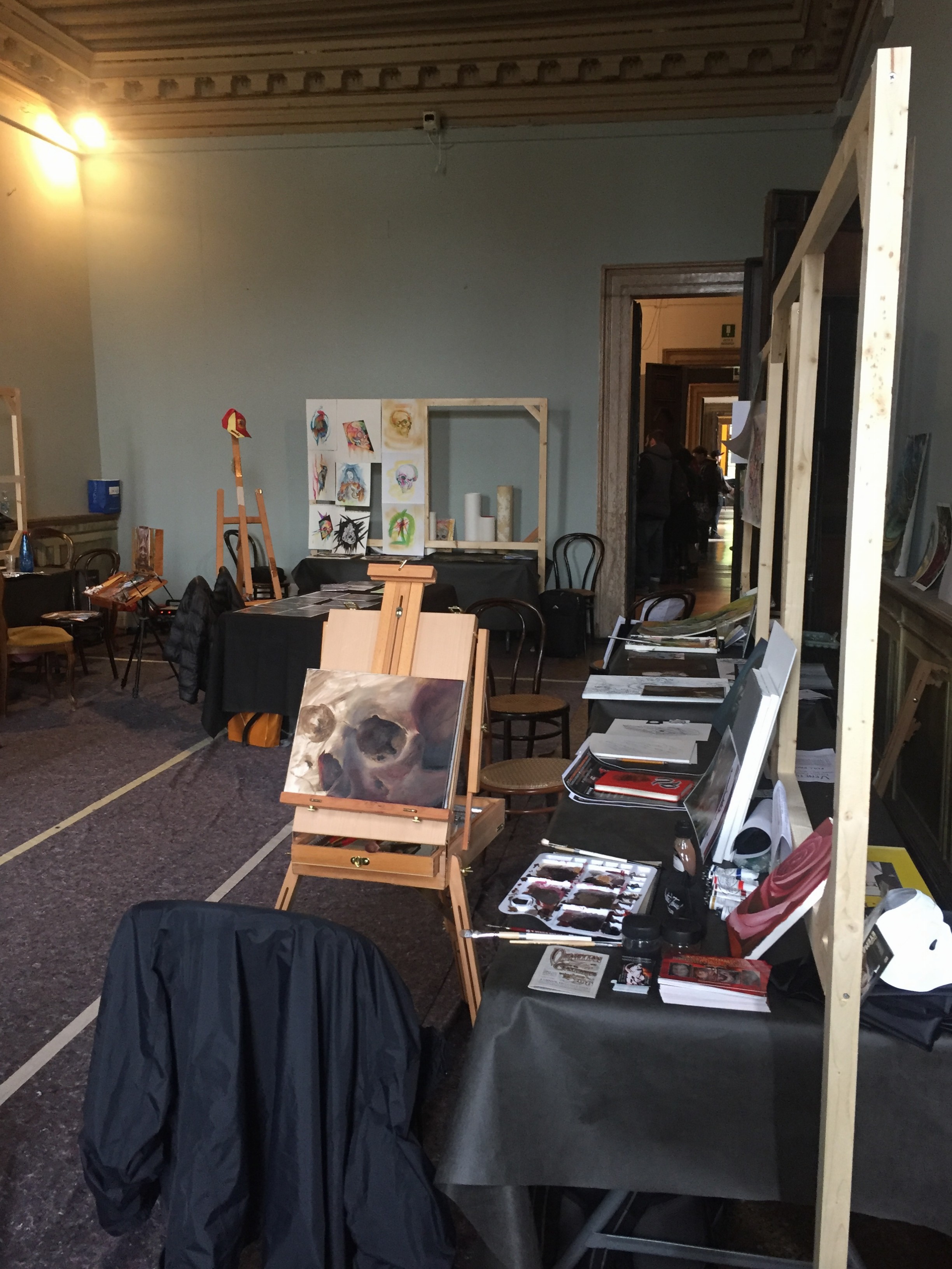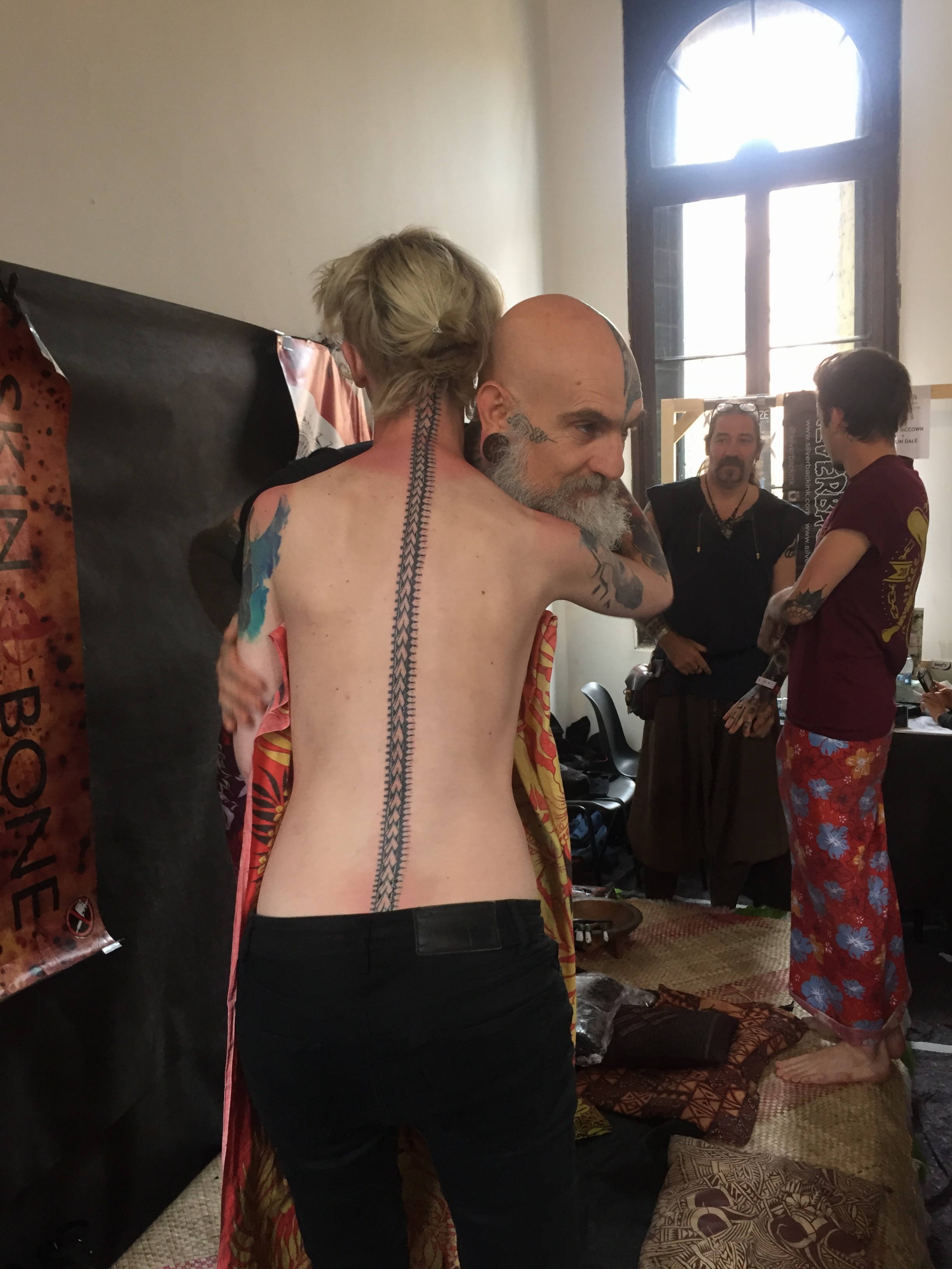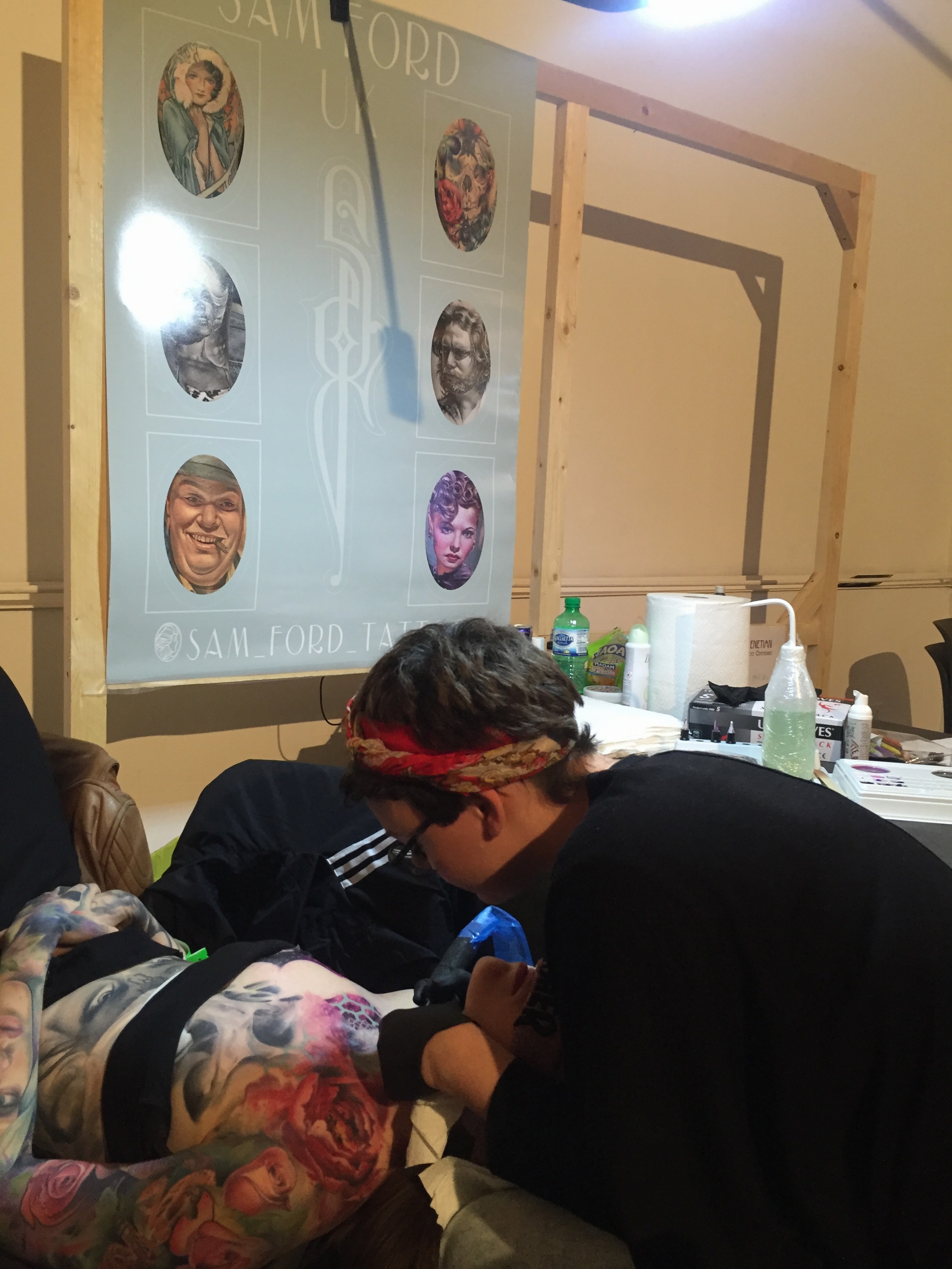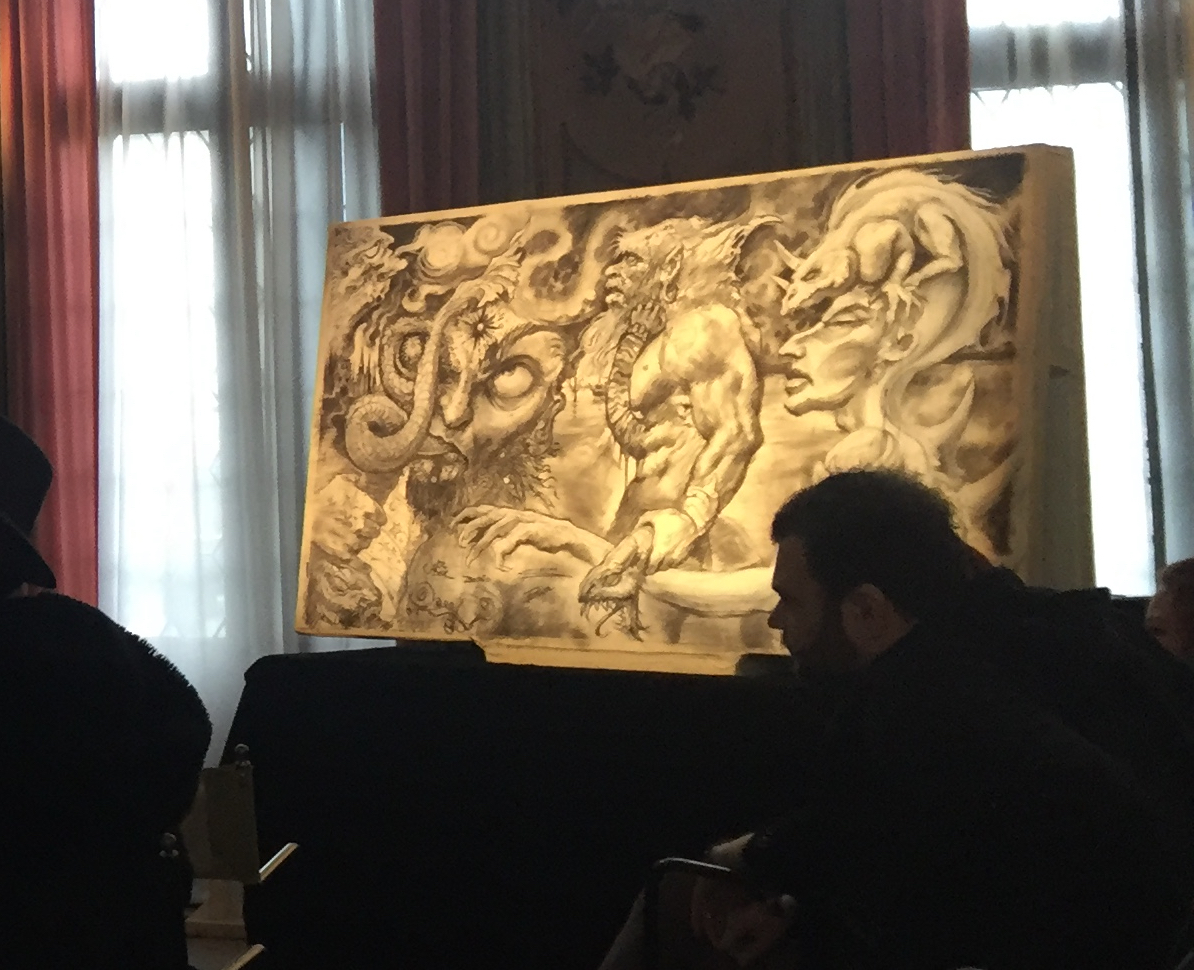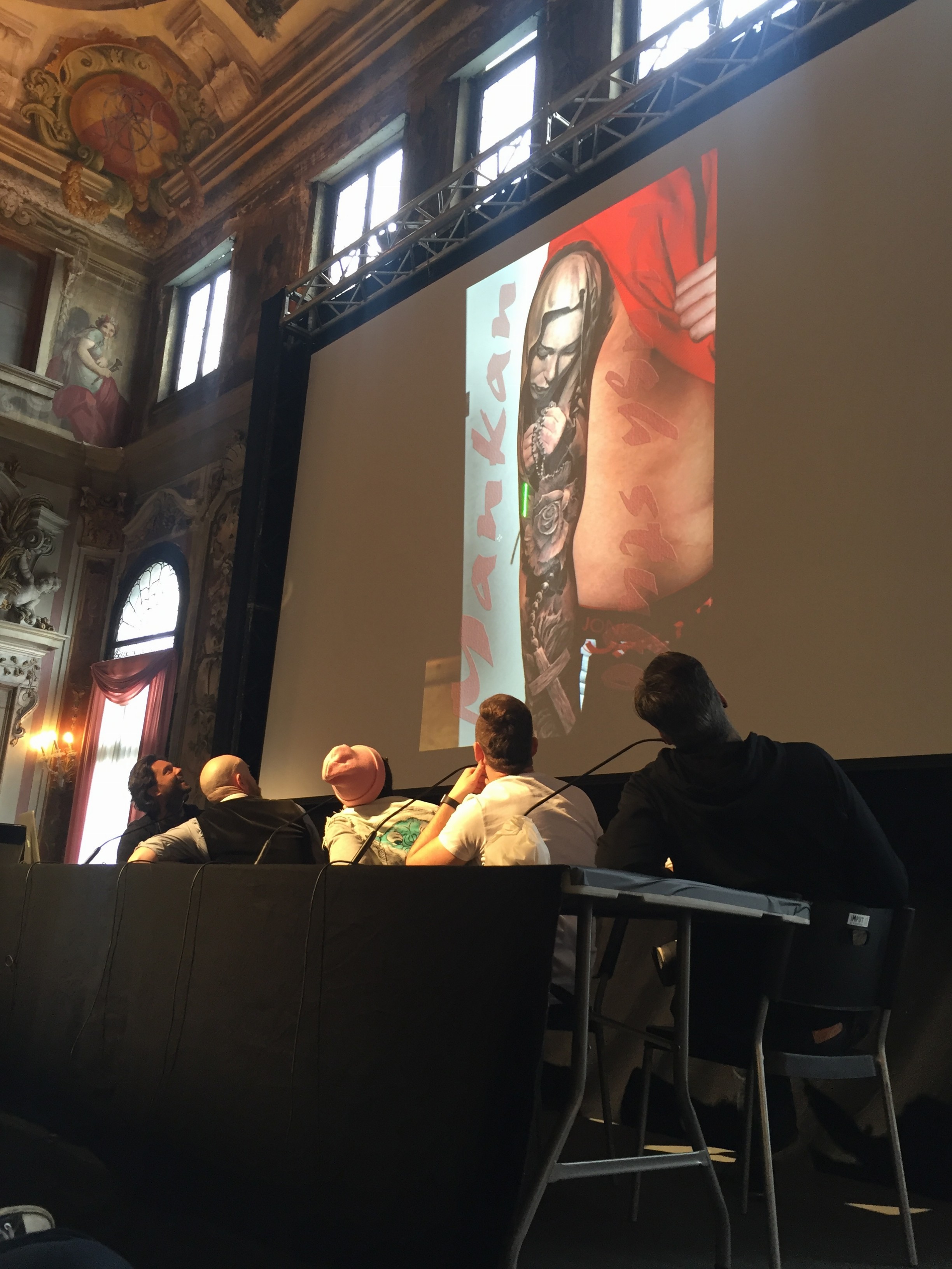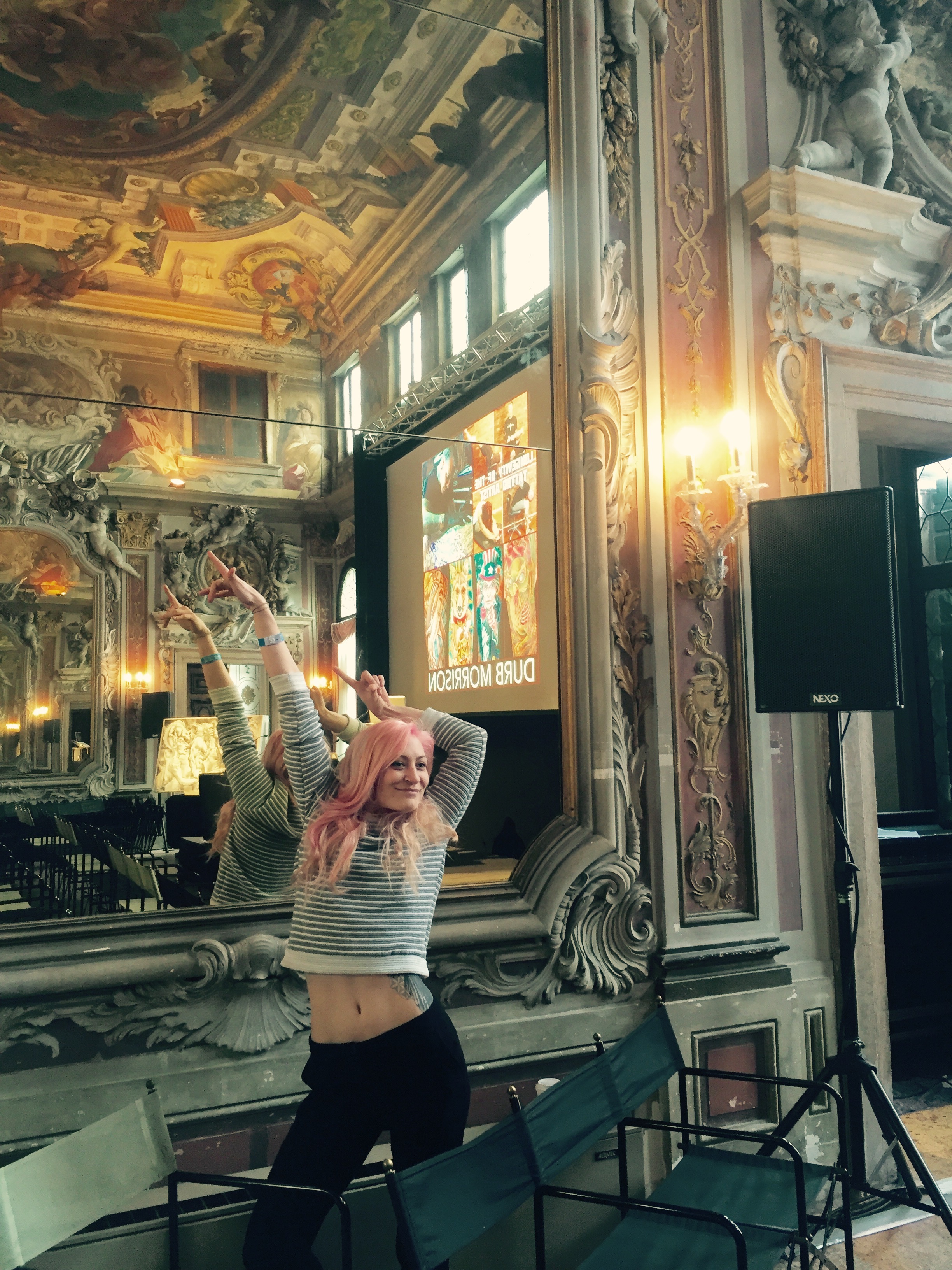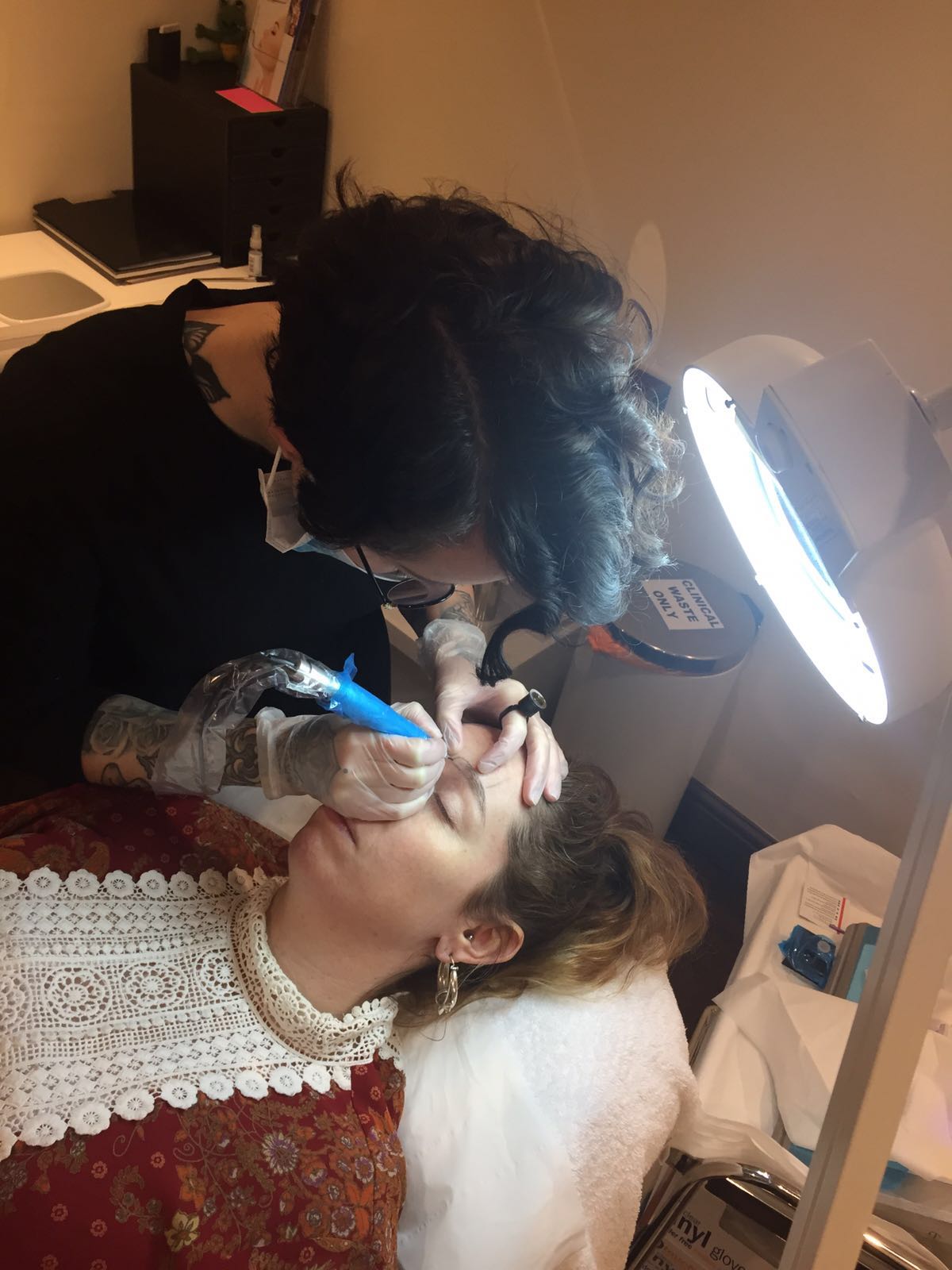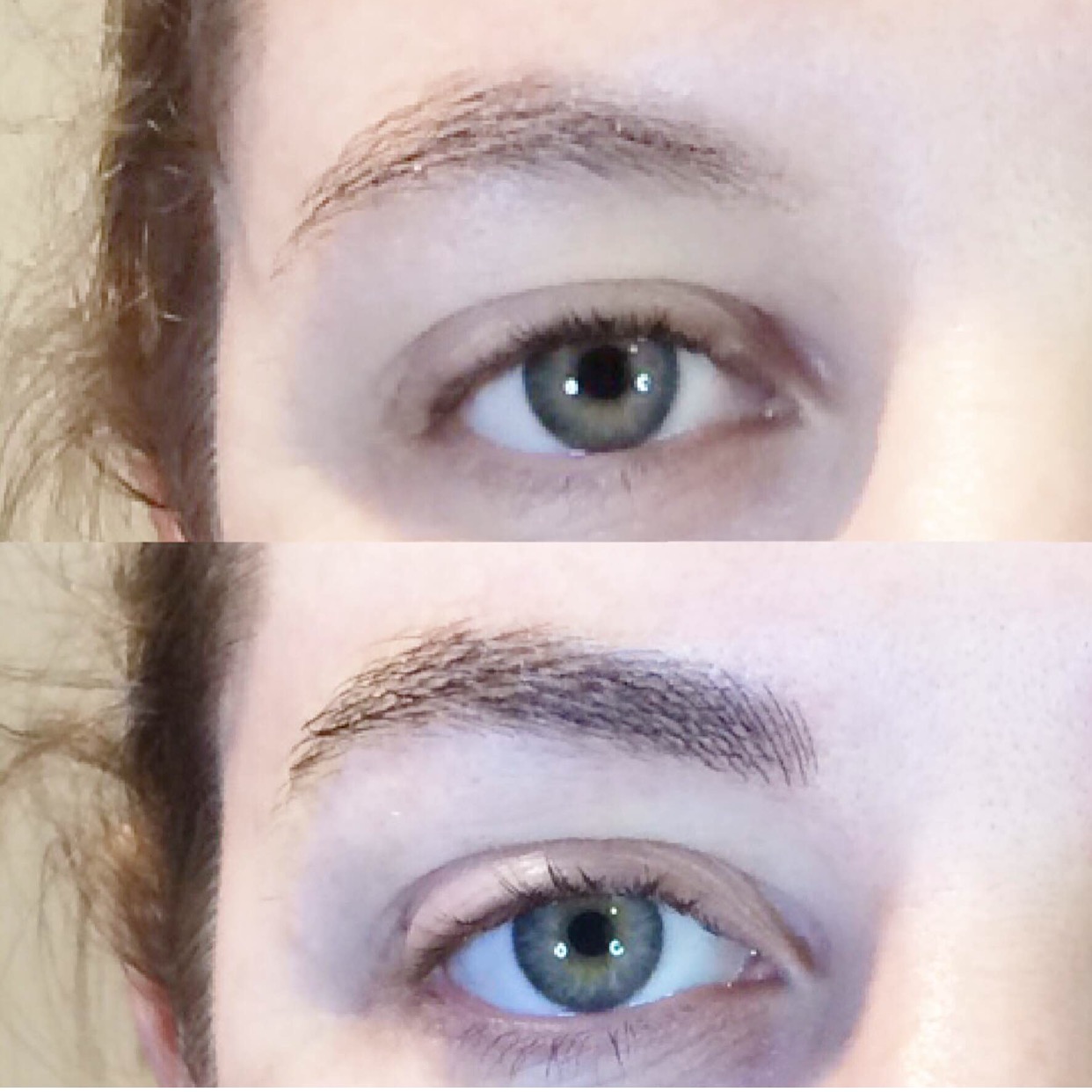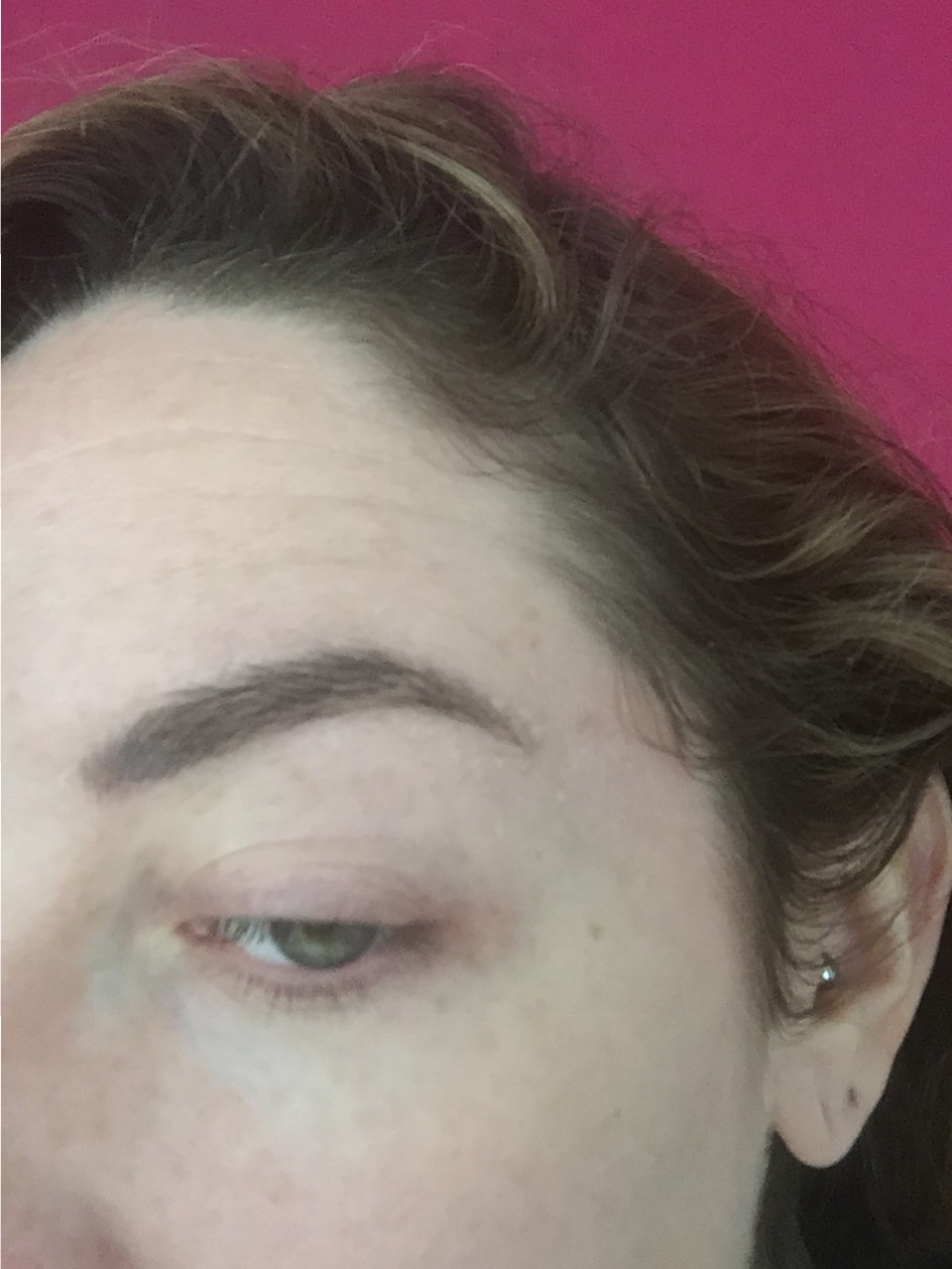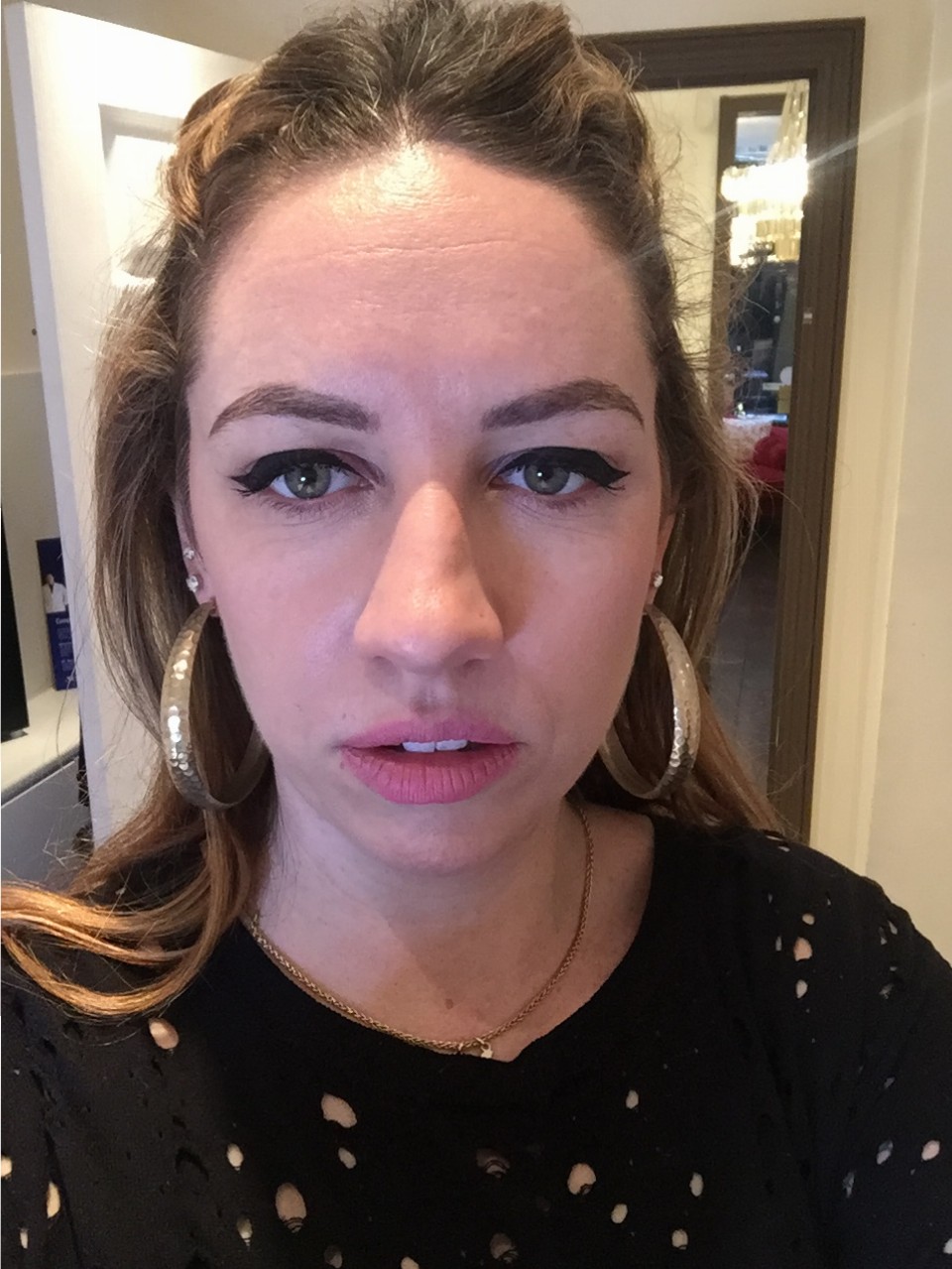Matt Manson is a Bristol-based artist and surface pattern designer who draws influence from the world of decorative art. His work integrates techniques and inspiration from his passion for geometric patterns and classic Mughal architecture.
Moving to New York in the summer of 2010, Matt spent time working for Brooklyn’s Flavor Paper before moving to Amsterdam in 2013 to work as an in-house surface pattern designer at Marcel Wanders and Moooi.
At the start of 2014 Matt returned to England to set up a studio in his hometown of Bristol. Having spent the last few years obsessively creating geometric patterns he decided to channel these designs into a collection of bespoke products. 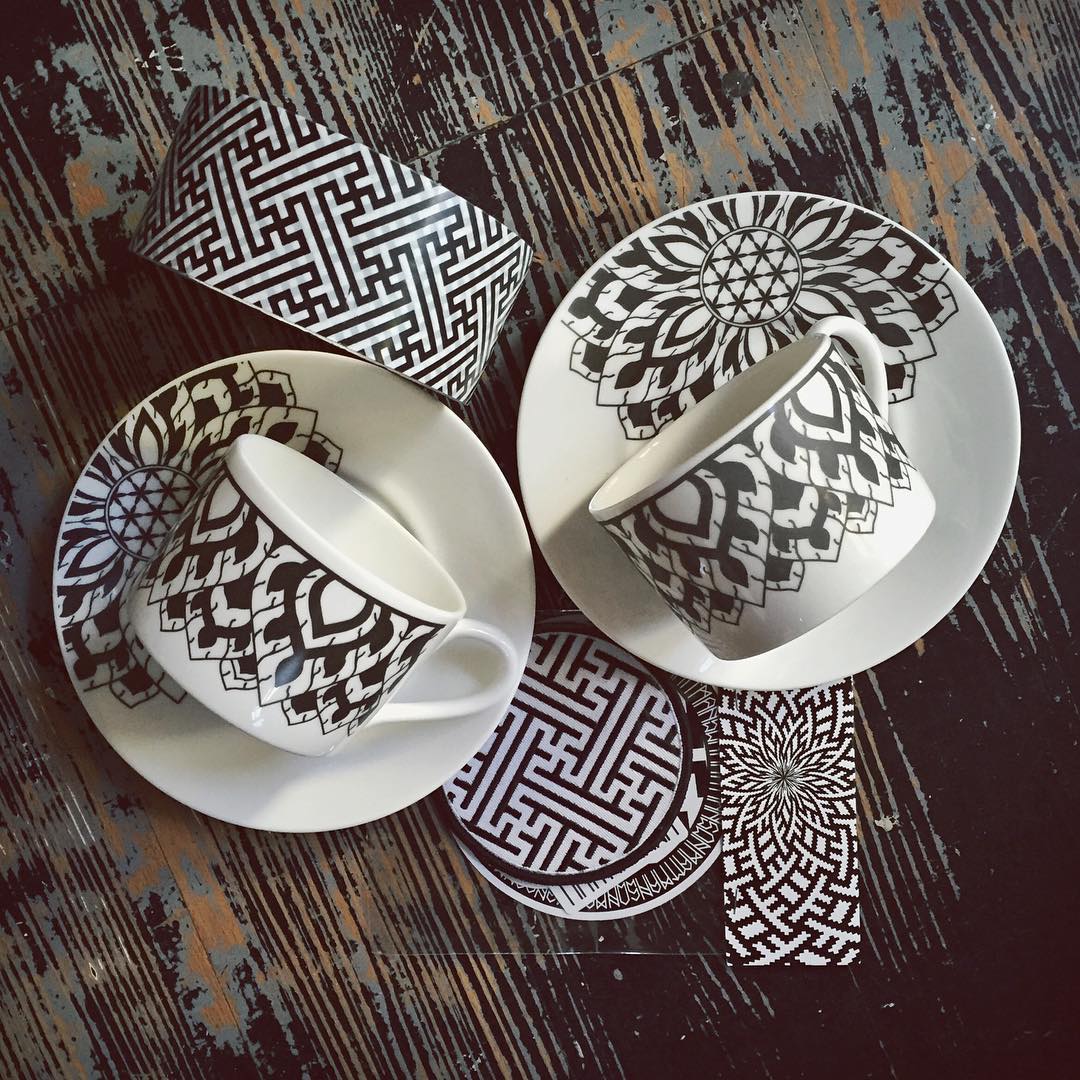 His work has been featured in publications such as Vogue Living and have has been given glowing reviews in blogs such as People of Print and Kim Gray. So we thought we should get the lowdown on where Matt draws his inspiration from and what his plans are for the future…
His work has been featured in publications such as Vogue Living and have has been given glowing reviews in blogs such as People of Print and Kim Gray. So we thought we should get the lowdown on where Matt draws his inspiration from and what his plans are for the future…
If you could tell us a little bit about what you do and how you began working as an artist?
I work as a surface pattern designer; I make patterns and graphic illustrations to be used across a whole range of objects such as ceramics, textiles and everything in-between. It’s a constantly evolving journey that manifests itself in many ways. Recently my main focus has been developing a collection of polar graph and isometric sketchbooks allowing the user to easily create mandalas and other geometric patterns.
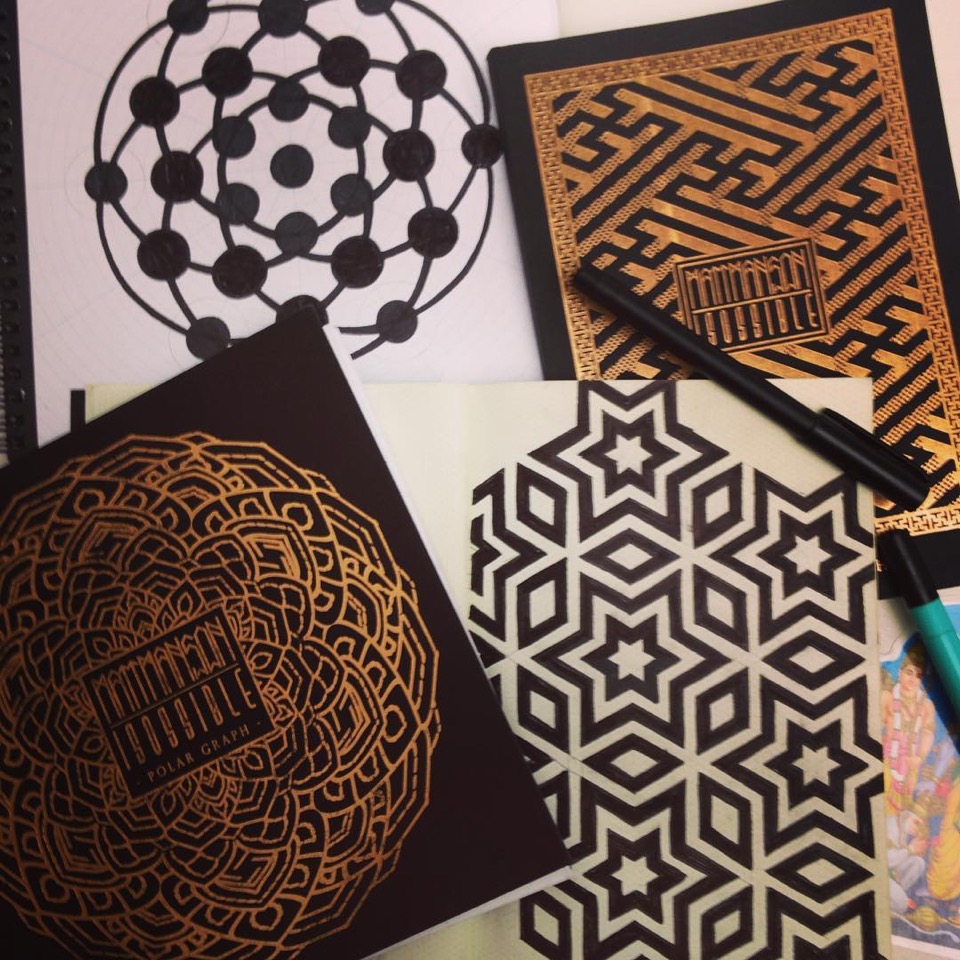 Polar-graph and isometric sketchbooks created by Matt
Polar-graph and isometric sketchbooks created by Matt
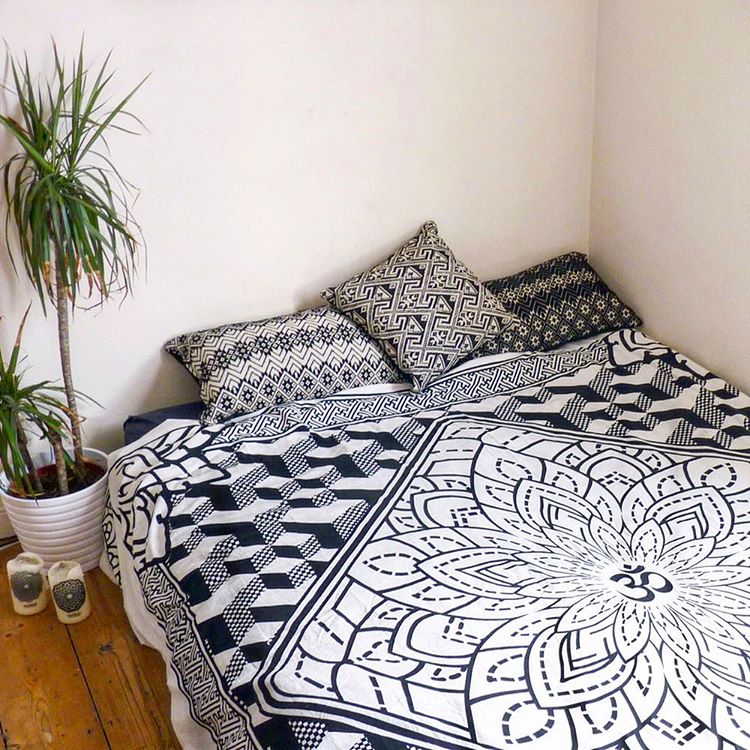 Shiva moon bed throw and assorted pillows
Shiva moon bed throw and assorted pillows
My career really started at 21 when I moved to Brooklyn NY… I was obsessed with patterns for as long as I can remember and the artwork of Dan Funderburgh had really made a big impression on me. As a result, I contacted Flavor Paper who produce his wallpapers and was lucky enough to be able to move over and get schooled in the craft of hand printing wallpapers. It was an amazing opportunity to be involved in with such a high-end company and has really made a lasting impression on what is possible. After New York I lived and worked around South London for a while and I then went to Amsterdam where I worked in interior design before moving back to my hometown of Bristol.
How did the idea of geometric sketchbooks come about?
Over the last few years more and more people have been asking how I have been creating my patterns. As a result I wanted to create a collection of sketchbooks using the grid systems I use on a daily basis. These grid systems allow the artist to easily create symmetrical imagery such as mandalas.
I have tried to create a product which could be used by everyone from beginners to experts, allowing the illustrator the freedom to develop their work.
Where do you draw influence from for your artwork?
Its a real mix of personal experiences… It’s odd but I feel the free party techno scene has had some part to play in influencing my artwork. I’m from Bristol in England, it’s a city with a very active underground party scene. I used to go to free parties in old warehouses and was always inspired by the harsh black and white op art banners that are normally on display. Artists such as The Porg and also the Spiral Tribe and new age travellers scene was a big draw for me in my early days.
In my late teens I went over to India on my own and spent time travelling around and visiting sights such as the steps at Chand Baori and Meenakshi Amman temple. Visiting these locations really gave me a lasting impression on just how beautiful and powerful pattern and geometry can be.
Does tattoo related art play an important role in your own artwork?
I guess my influences are coming from the same place as many tattoo artists. Mughal architectural, sacred geometry, chemical visions and forgotten angles.
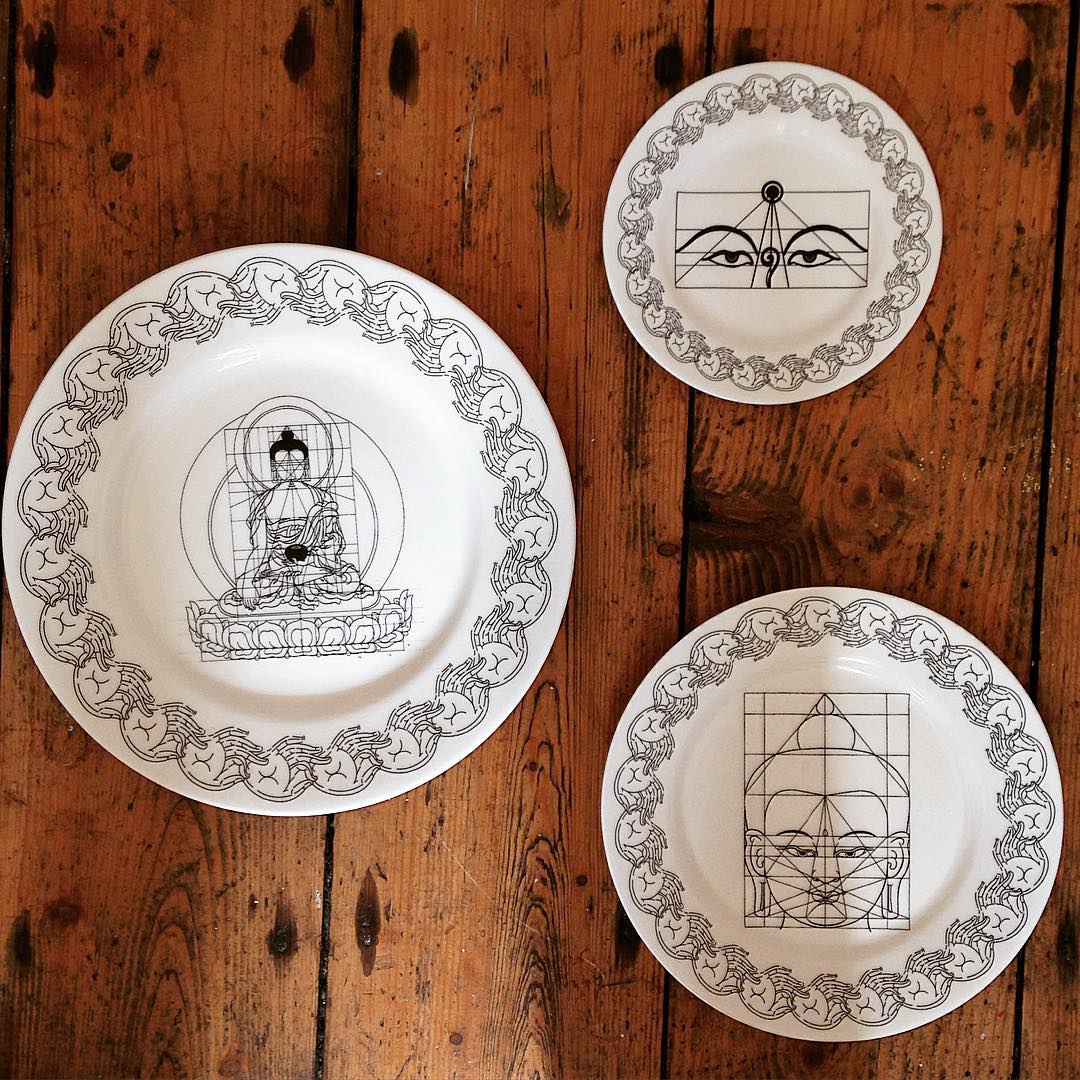 Buddha Anatomy plates designed by Matt
Buddha Anatomy plates designed by Matt
Do you yourself have any tattoos? If so whose work do you have? And any future plans for more tattoos?
Yes I have some bits… when living in Amsterdam I made friends with Martin Robinson (RIP) who introduced me to Fabio Maravalhas who has done most of my work. Since returning to the UK I have been getting tattooed by Fil at Broad Street Studios in Bath.
You can purchase Matt’s work and a variety of homeware products online and he can be contacted via his website, Facebook and Instagram.
